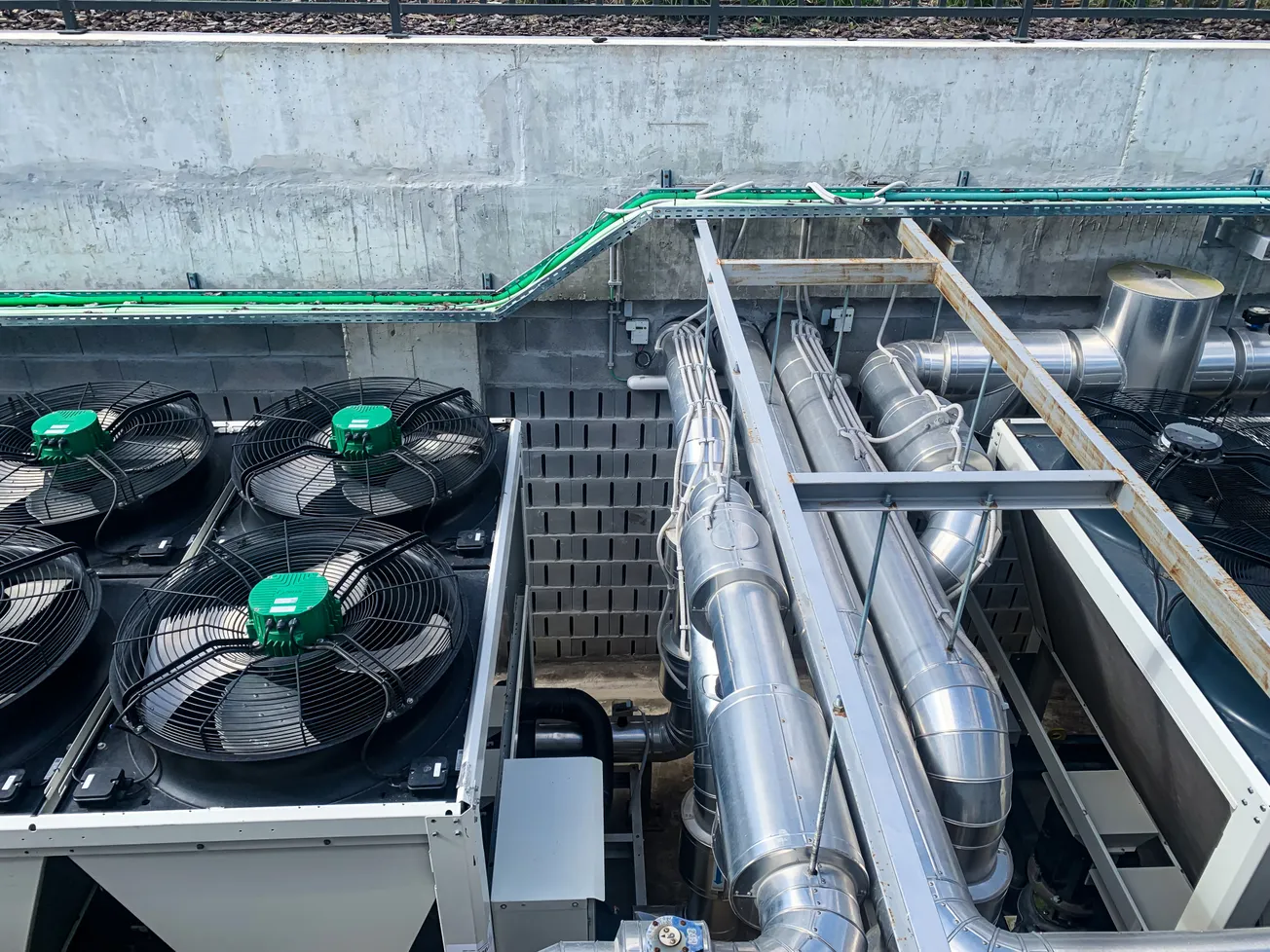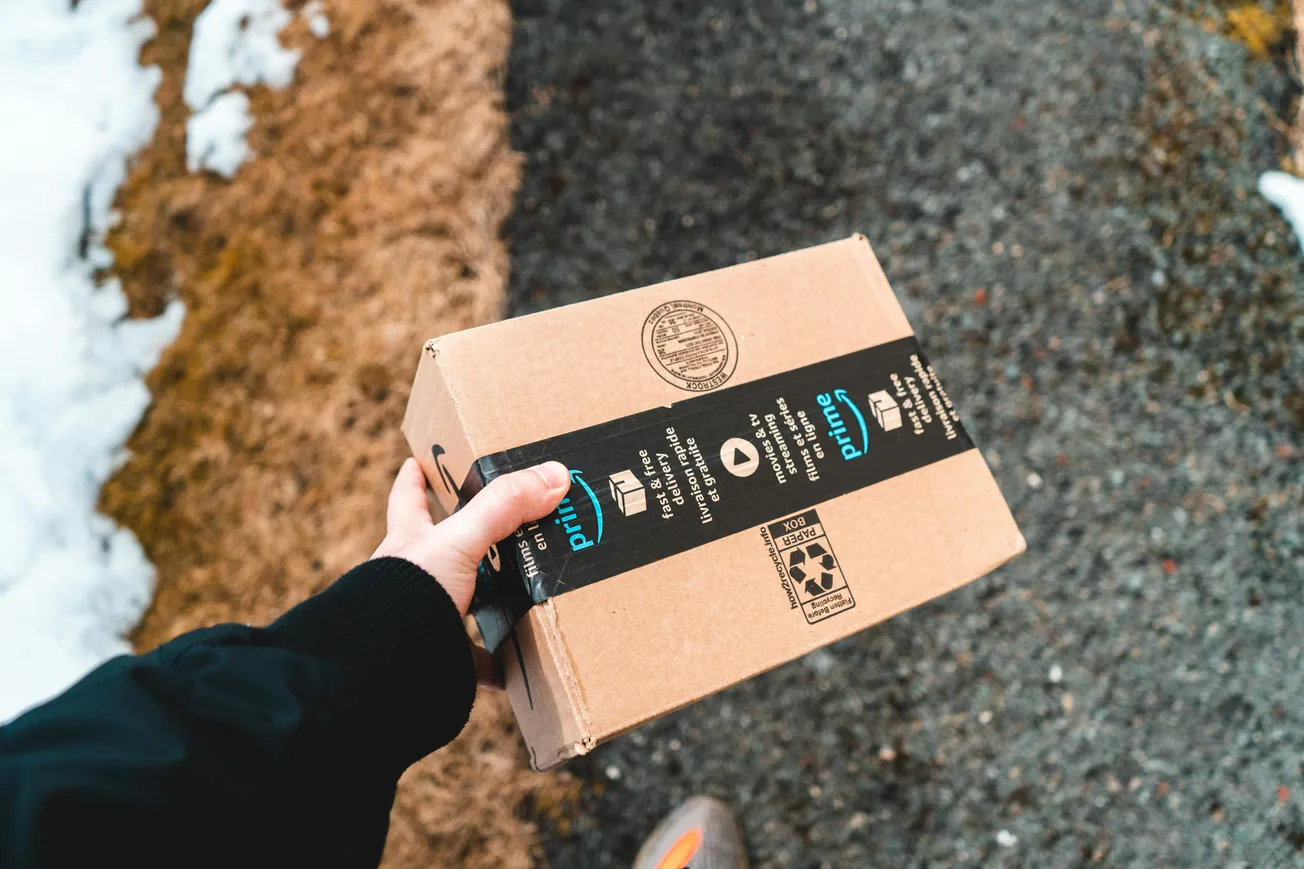Reimagining Grocery Infrastructure for a Smarter, Greener Future
From climate mandates to digital disruption, grocery retailers are reengineering their stores to be smarter, more energy-efficient and better prepared for what’s next. As the pressure mounts to cut operating costs, meet sustainability targets and serve the hybrid omnichannel shopper, investments in store infrastructure are accelerating across the industry.
Emerging trends in energy systems, refrigeration, and digital infrastructure are shaping a new kind of grocery experience—one that’s leaner, greener, and more responsive.
1. Energy Efficiency Becomes Standard Operating Procedure
Rising utility costs and ESG benchmarks are making energy-smart design a strategic priority. Grocery stores are integrating:
- LED lighting and motion sensors for demand-based illumination.
- Smart HVAC systems that adjust climate control based on foot traffic and ambient conditions.
- Solar panels and energy storage to reduce reliance on traditional power grids.
Major retailers like Walmart and Kroger are scaling net-zero pilot locations, while Aldi continues to retrofit stores with natural ventilation and energy-optimized cooling systems. These upgrades are not just green – they are good business, often yielding double-digit reductions in annual energy costs.
2. Refrigeration Rethink: From Compliance to Competitive Edge
With refrigeration consuming up to 40% of a grocery store’s energy use, innovations in this space are high-stakes and highly impactful.
Key upgrades include:
- Natural refrigerants like CO₂ and propane replacing high-GWP chemicals in response to global F-gas phaseouts.
- Modular refrigeration units with IoT sensors that deliver predictive maintenance and real-time temperature tracking.
- Energy zoned cooling systems, allowing different product zones to be optimized independently, which is critical for stores balancing fresh, frozen and meal-prep categories.
Walmart, for instance, has begun rolling out advanced leak detection and emissions monitoring, improving food safety while cutting down costly service calls and waste.
3. Smart Stores: Infrastructure That Learns and Responds
The future of grocery retail lies in connected, adaptive environments. “Smart store” development is no longer experimental; it is becoming essential.
Components of this digital evolution include:
- AI-powered shelf monitoring that tracks stock levels and freshness in real time.
- Autonomous cleaning and delivery robots, freeing up labor for customer-facing tasks.
- Self-checkout upgrades, frictionless payment systems and voice-directed shopping aids.
These smart systems not only optimize store operations but also fuel personalization engines that connect in-store experiences with digital shopping history and loyalty data, creating a seamless omnichannel loop.
4. Flexibility and Modularity as Core Design Principles
Today’s grocery infrastructure must do more than serve shoppers. It must support fulfillment, content and innovation.
Next-gen layouts emphasize:
- Reconfigurable shelving and fixtures to accommodate e-commerce pick zones or seasonal flexibility.
- Embedded technology infrastructure for future upgrades like AI vision, temperature-responsive shelves or AR experiences.
- Micro-fulfillment areas embedded in-store to support same-day orders without disrupting the main floor.
By planning infrastructure around modularity and scalability, retailers reduce remodel costs and maintain future-readiness without operational downtime.
Infrastructure as Strategy
Store infrastructure is no longer just a matter of construction. It is a strategic lever for growth, sustainability and competitive advantage. As energy innovation, refrigeration reform and smart technologies reshape the landscape, grocery operators who invest early in forward-thinking infrastructure will be best positioned to meet shopper demands, hit climate goals and power omnichannel ecosystems.






